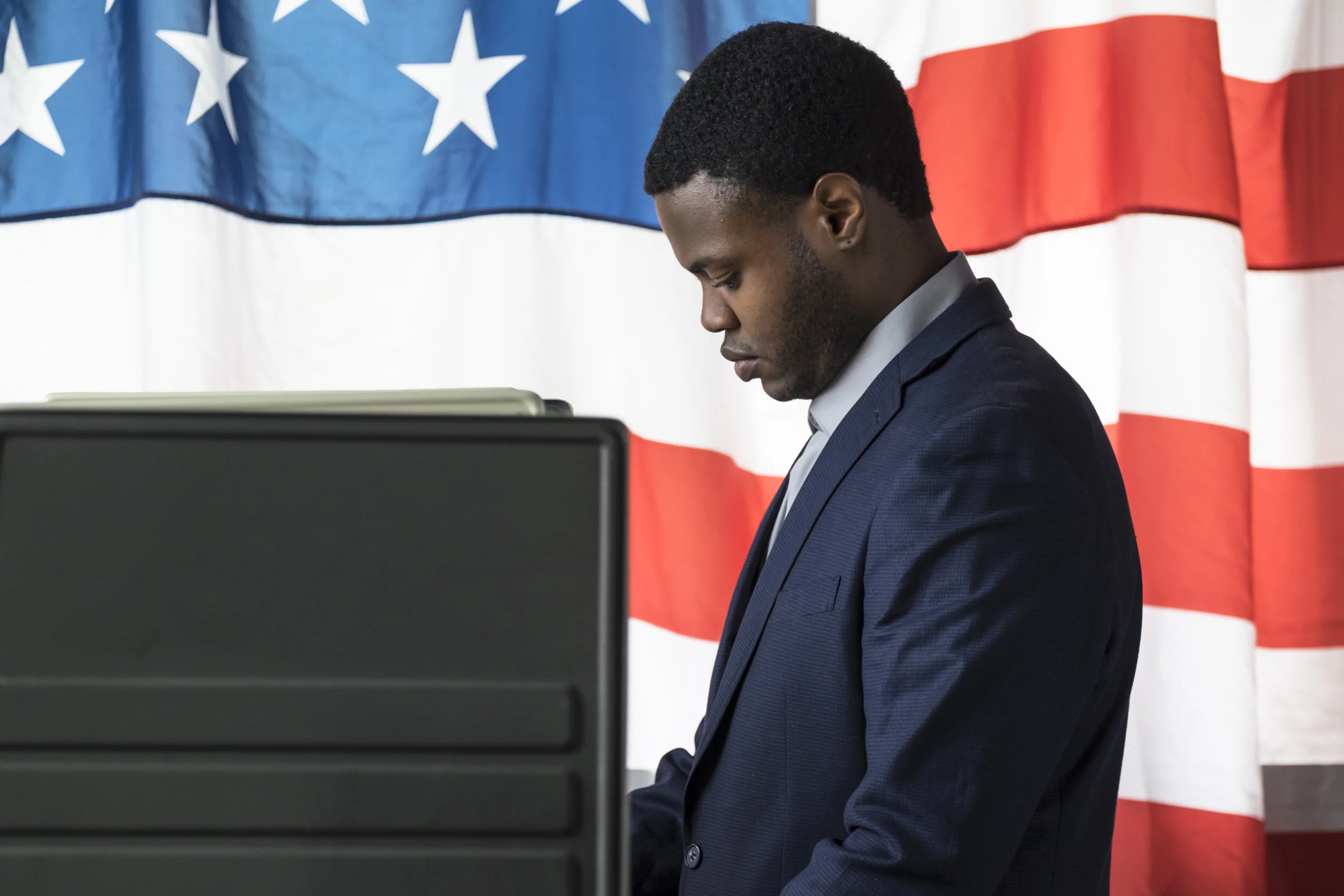Only 50% of Americans aged 18 to 29 voted in 2016, nearly 5 percent lower than the national average. Given the long struggle to obtain the right to vote by youth rights groups in the 1960’s and early ‘70’s, it may seem surprising that young voters have been consistently among the lowest groups in recent presidential elections. But when it comes to thinking that their votes for president do not matter, they have more in common with eligible voters of all ages than you might think. And for this there is a simple remedy: making their vote count.
Prior to 1971, voting in presidential elections was restricted to citizens over the age of 21. During World War II President Franklin D. Roosevelt lowered the age at which men could be drafted from 21 to 18; however, the minimum age to vote remained 21. President Dwight D. Eisenhower became the first U.S. president to endorse extending the right to vote to 18-year-olds, when in his 1954 State of the Union speech he said, “For years our citizens between the ages of 18 and 21 have, in time of peril, been summoned to fight for America. They should participate in the political process that produces this fateful summons.”
Youth rights groups adopted the slogan “Old Enough to Fight, Old Enough to Vote,” but it wasn’t until the late 1960’s that the push for a Constitutional amendment reached a fever pitch due to widespread conscription of young Americans to fight in the Vietnam War. In June of 1970, President Richard M. Nixon signed a bill passed by Congress that amended the Civil Rights Act of 1965 to mandate, additionally, that the minimum age to vote in federal and state elections was 18. The law conflicted with the Constitution at the time, and later that year was challenged in the Supreme Court, which ruled in Oregon vs. Mitchell that Congress had the right to regulate the minimum age to vote in federal elections but not in state and local elections. It was not until the passage of the 26th Amendment and its ratification on July 1, 1971 that 18-year-olds had the guaranteed right to vote in all elections, including state and local contests.
We cannot blame apathy for why younger voters participate relatively less than other age groups, especially seniors; younger Americans have different beliefs, and in line with how they affected the election in 2008, they are more likely to exercise power of persuasion than their elders who vote more and more often. Young Americans participate in political activism, which in today's Digital Age includes the realm of social media. Writes Russell Dalton of the Center for the Study of Democracy at UC Irvine, “They’re involved in local communities, volunteering, and challenging political elites.” Notably in 2008, voters 18-29, while not directly instrumental to Obama's victory, through activism and persuasion of their elders likely made a difference in the outcome.
But much like the electorate as a whole, young voters today are disillusioned not only with presidential candidates but also with our presidential selection system. Votes for president in most cases do little to affect the outcome in their states, and by extension, the national outcome. Where millennials differ perhaps is the extent to which they feel this way. According to a poll conducted by P.R.R.I. prior to last presidential election, “At 66 percent, young people are among the most likely to feel pessimistic about the worth of their vote.” By comparison, according to Pew data on registered voters of all ages who do not vote for president in 2016, “the share who cited a ‘dislike of the candidates or campaign issues’ as their main reason for not participating reached a new high of 25%... [other] top reasons included a lack of interest or a feeling that their vote wouldn’t make a difference (15%).”
Young voters who do participate are less likely to support the presidential nominees of the two major parties. According to exit polls conducted by CIRCLE in November 2016, “2 million young people either voted for third-party candidates or chose not to vote for any of the Presidential candidates on the ballot.” In other words, over 8 percent of voters between the ages of 18 and 29 who went to the polls rejected the candidates from the two major political parties. From these results, one might also conclude that disillusionment with the two major parties and a desire for an alternative, rather than lack of political engagement, discourages the new generation.
But what if millennials not only knew their vote did matter but also that choices for a third party would be counted in a national total? If the U.S. instituted a selection system for president that valued the outcome of the national popular vote, it seems more than likely that younger, politically active Americans would vote in the general election because both they and the candidates would know that their votes’ mattered. An increase in turnout among younger voters would mean that the President and elected officials of both parties would have to take heed of their political concerns more than they do now under the current electoral system. Don’t blame younger Americans for voting less than their elders in presidential elections. Instead, give them and all Americans a vote that always matters, regardless of which state they call home.


